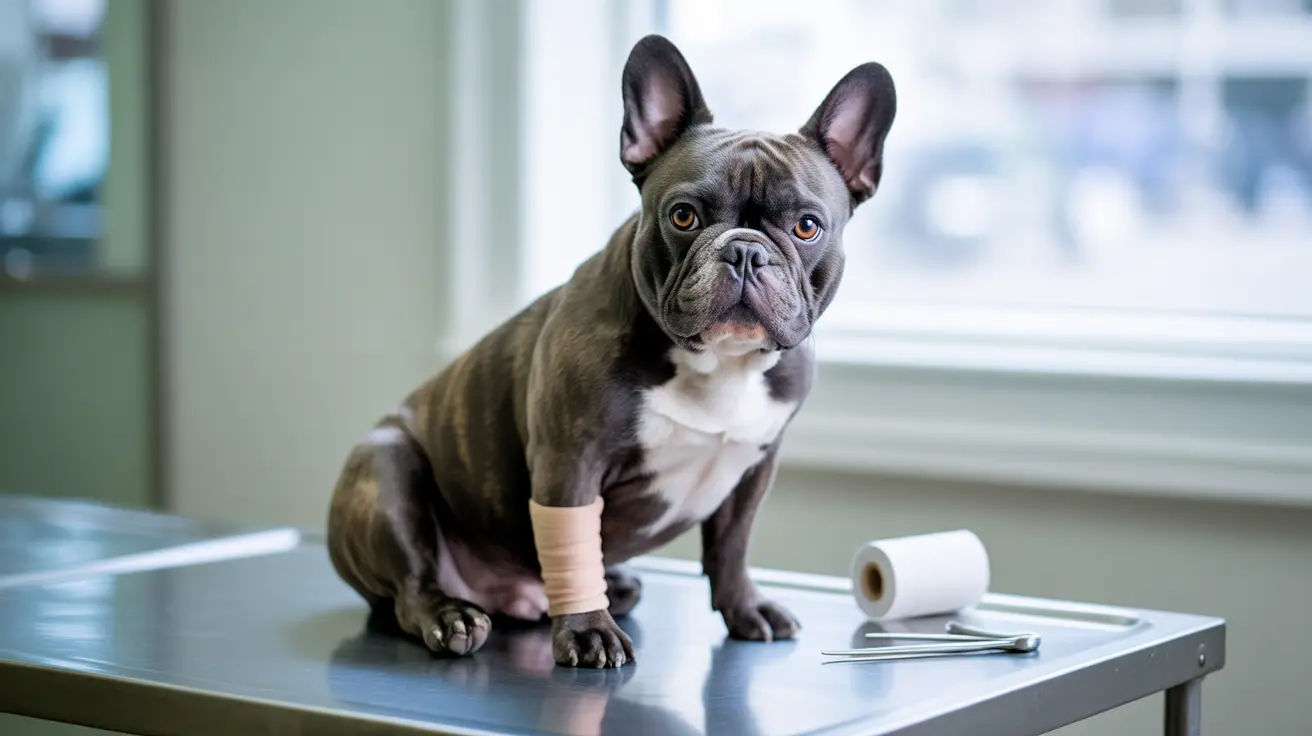When your dog develops a painful, swollen area filled with pus, you're likely dealing with a dog abscess. These localized infections can occur anywhere on your pet's body and require prompt veterinary attention to prevent serious complications. Understanding what causes abscesses, how to identify them, and what treatment options are available is crucial for every dog owner.
In this comprehensive guide, we'll explore everything you need to know about managing and treating abscesses in dogs, from initial recognition to complete recovery.
Understanding Dog Abscesses
A dog abscess is essentially a pocket of pus that forms when bacteria become trapped beneath the skin or within body tissues. These painful swellings typically develop following an injury, bite wound, or infection, as the body's immune system attempts to wall off the infection from surrounding healthy tissue.
Common Causes of Dog Abscesses
Several factors can lead to abscess formation in dogs:
- Animal bite wounds
- Puncture injuries from sticks or thorns
- Dental infections
- Infected anal glands
- Foreign bodies trapped under the skin
- Self-trauma from excessive scratching
Identifying Abscess Symptoms
Early recognition of abscess symptoms can lead to faster treatment and better outcomes. Watch for:
- Warm, painful swelling
- Redness and tenderness
- Lethargy and loss of appetite
- Foul-smelling discharge if ruptured
- Fever in some cases
- Difficulty moving the affected area
Professional Treatment Options
Treating a dog abscess requires professional veterinary care and typically involves:
Drainage and Cleaning
The veterinarian will usually drain the abscess and thoroughly clean the area. This may require sedation or anesthesia, depending on the location and severity of the infection.
Antibiotic Therapy
Most dogs receive antibiotics to fight the underlying infection. It's crucial to complete the entire prescribed course, even if your dog seems better.
Pain Management
Your veterinarian will prescribe appropriate pain medication to keep your dog comfortable during recovery.
Home Care During Recovery
Following veterinary treatment, proper home care is essential:
- Apply warm compresses as directed
- Keep the area clean and dry
- Prevent your dog from licking or scratching the site
- Monitor the healing process
- Administer all prescribed medications
- Schedule follow-up appointments as recommended
Prevention Strategies
To minimize the risk of future abscesses:
- Maintain regular veterinary check-ups
- Practice good dental hygiene
- Clean and monitor any wounds promptly
- Keep your yard free of hazardous objects
- Address underlying skin conditions
- Prevent contact with aggressive animals
Frequently Asked Questions
What are the common causes of abscesses in dogs, and how can they be prevented?
Abscesses commonly result from bite wounds, puncture injuries, or bacterial infections. Prevention includes prompt wound care, regular veterinary check-ups, and maintaining good hygiene practices.
How do I identify an abscess in my dog, and what are the typical symptoms?
Look for swollen, painful areas that feel warm to the touch. Other symptoms include lethargy, loss of appetite, and visible discharge if the abscess ruptures. Any sudden swelling should be evaluated by a veterinarian.
What is the best way to treat an abscess in dogs, and what role do antibiotics play?
Professional veterinary treatment is essential, typically involving drainage, cleaning, and antibiotics. Antibiotics help eliminate the bacterial infection and prevent its spread to other areas of the body.
How can I care for my dog at home after an abscess has been drained or treated?
Follow your veterinarian's instructions for wound care, apply warm compresses as directed, and ensure your dog completes the full course of prescribed antibiotics. Keep the area clean and prevent your dog from interfering with the healing site.
Will my dog fully recover from an abscess, and what are the potential complications if left untreated?
Most dogs recover completely with proper treatment. However, untreated abscesses can lead to serious complications, including systemic infection (sepsis), organ damage, and in severe cases, death. Prompt treatment is essential for the best outcome.






